According to the Bank of Korea (BoK), the best students tend to come from well-off families, living in areas known for high-quality education and heavy investment in private tutoring. Children from households in the top 20% of income groups are 5.4 times more likely to be admitted to prestigious universities than students from the bottom 20%.
Proposed reforms to reduce disparities
The report recommends implementing a nationwide regional proportional admissions system that would allocate quotas based on the number of eligible students in each region, reducing the advantage of students in Seoul.
The BoK believes that if universities voluntarily allocate a large portion of their quotas to this form, income and geographic inequality will be reduced, and candidates' actual abilities will be more accurately reflected.
The report found that 75% of the difference in admission rates comes from the economic strength of parents, while only 25% comes from the individual abilities of students.
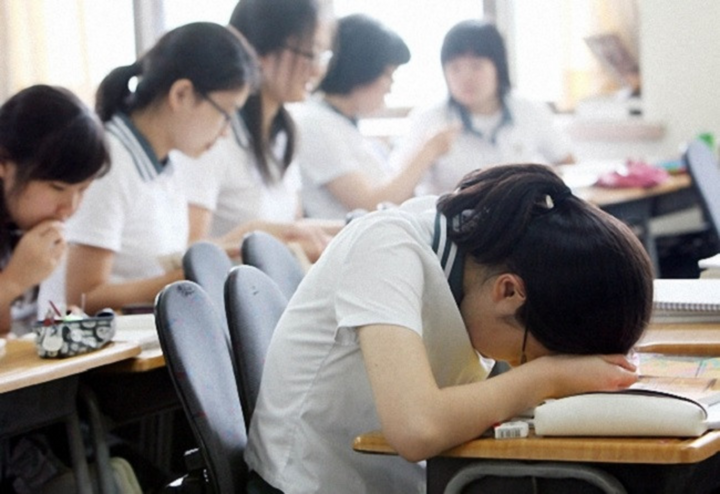
The academic performance of South Korean students from poor families has been declining for years. (Photo: Yonhap)
The rich-poor gap in education
Statistics from 2018 show that although only 16% of high school graduates nationwide come from Seoul, 32% of Seoul National University (SNU) students come from the capital, of which 12% come from Gangnam district - famous for its expensive private education services.
According to University World News, in 2023, families with children in high school in Seoul spent 1.8 times more on private tutoring than those in rural areas. Even within Seoul, high-income households (over $6,000/month) spent 2.3 times more on private education than low-income households (under $1,500/month). Notably, low-income households in Seoul still spent more than 27% of their income on tutoring - a huge financial burden, especially for families with many children.
Mr. Kim Jun-ki, Director of the Institute of National Strategy (Seoul National University), warned that the concentration of resources in the capital is creating a “perfect storm”, causing other regions to fall behind and even face the risk of “regional extinction” as people flock to Seoul.
Supporting poor students remains key
According to Korea Bizwire, the BoK believes that applying regional admissions can reduce the gap between actual opportunities and potential students to 64%. In addition, diversifying the student body will promote a more equitable society, while also helping to reduce population pressure on Seoul, rising housing prices and low birth rates.
Bank of Korea Governor Lee Chang-yong said the admissions reform could have an even stronger impact on Seoul's housing price stability than interest rate adjustments.
Experts also note that regional admissions policies are not enough to address the root causes of inequality. Professor Kim Hyun-chul (Hong Kong University of Science and Technology) stressed the need for direct support for low-income families, otherwise many “potential Einsteins” will continue to be missed.
“Children from low-income households cannot develop to their full potential because their parents lack the resources to invest in education. The government has a responsibility to support these families,” he said.
Professor Kim Sung-eun (Sejong University) warned that the new policy may mainly benefit well-off rural students, so careful research and a multi-dimensional approach are needed to ensure that disadvantaged groups are not left behind.
Source: https://vtcnews.vn/phu-huynh-cang-giau-con-cang-de-trung-tuyen-vao-dai-hoc-ar960394.html


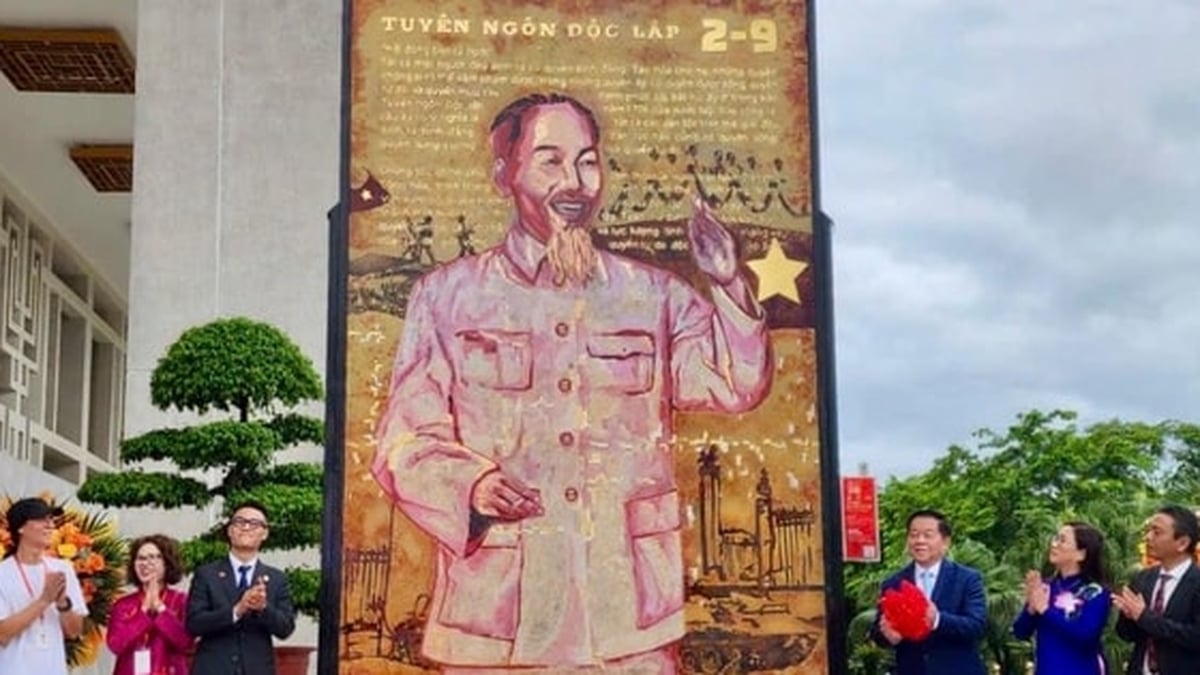
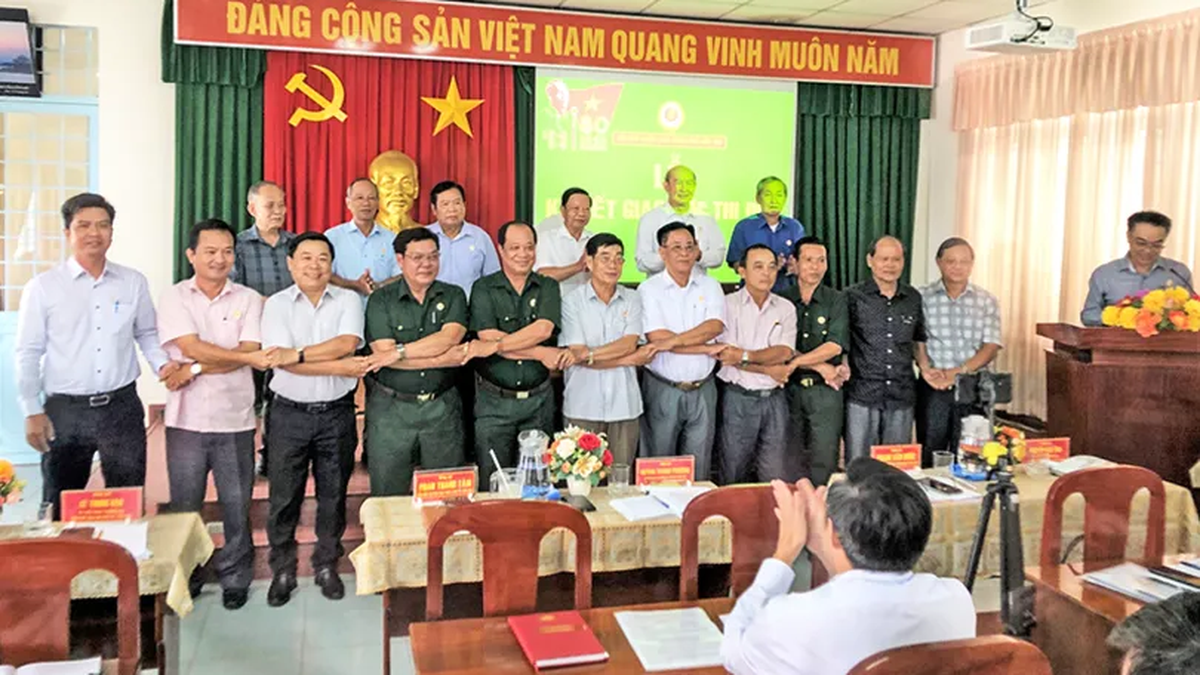

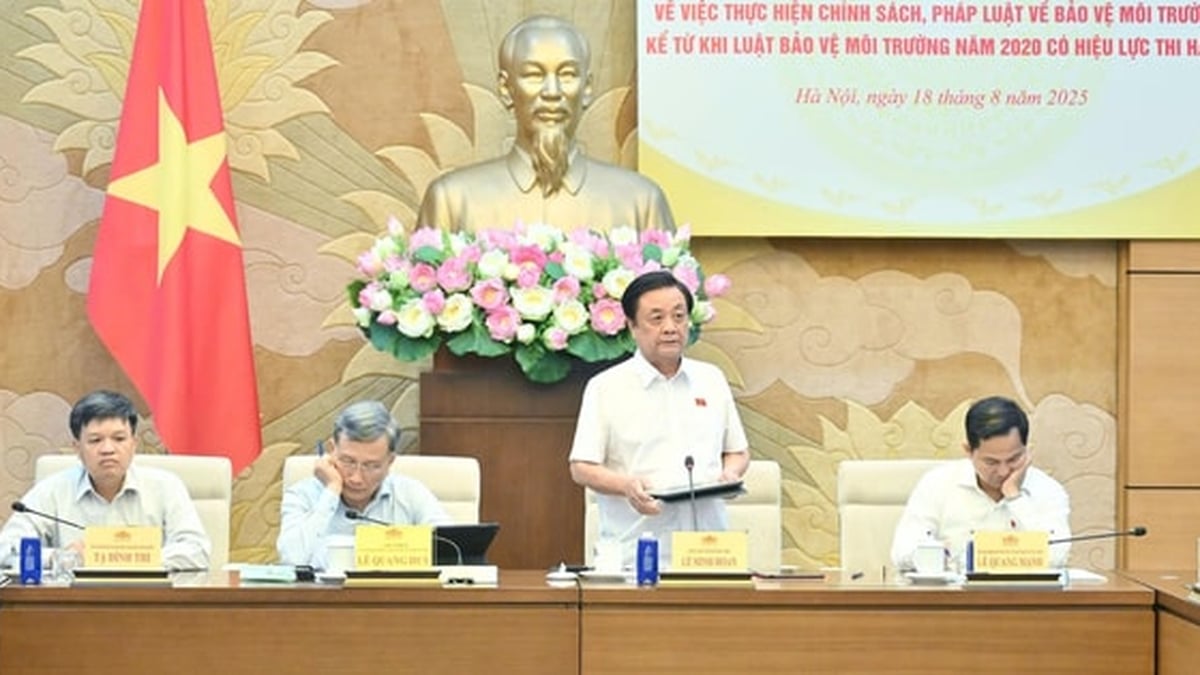
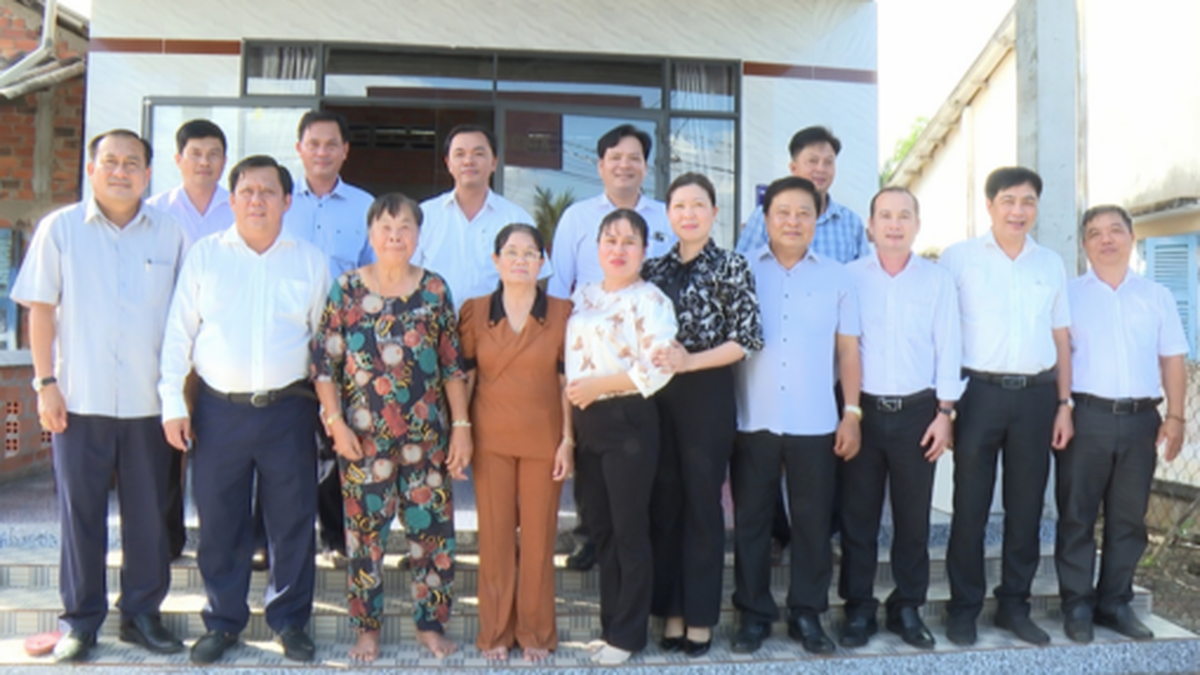
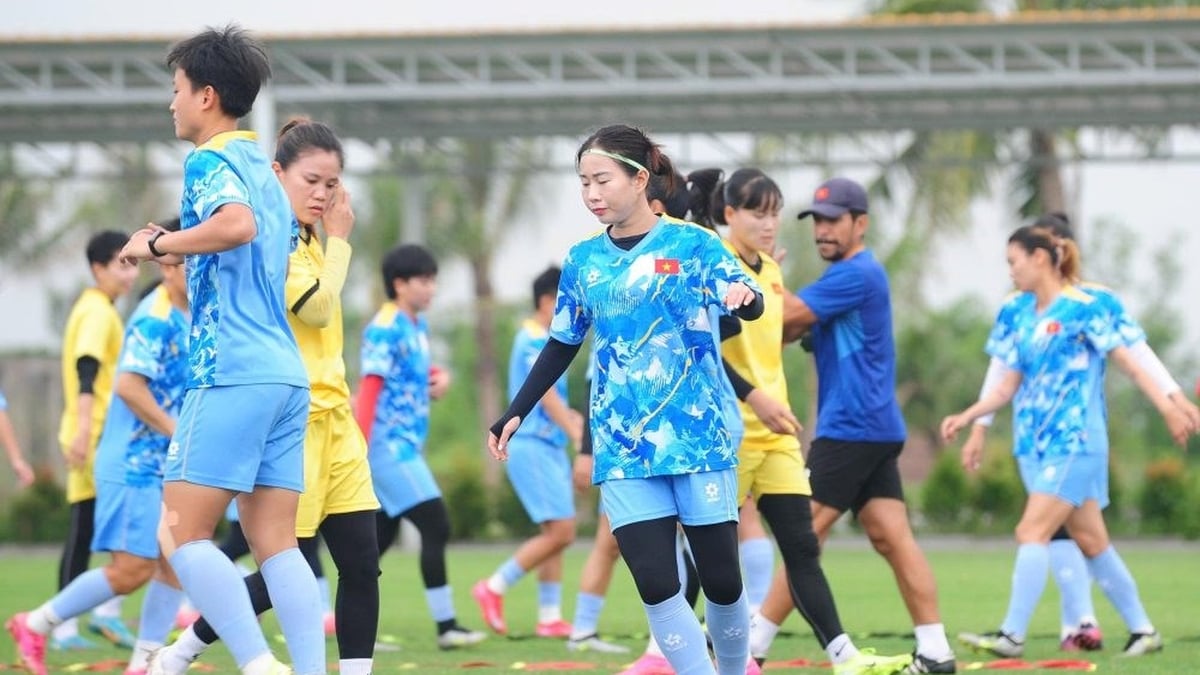



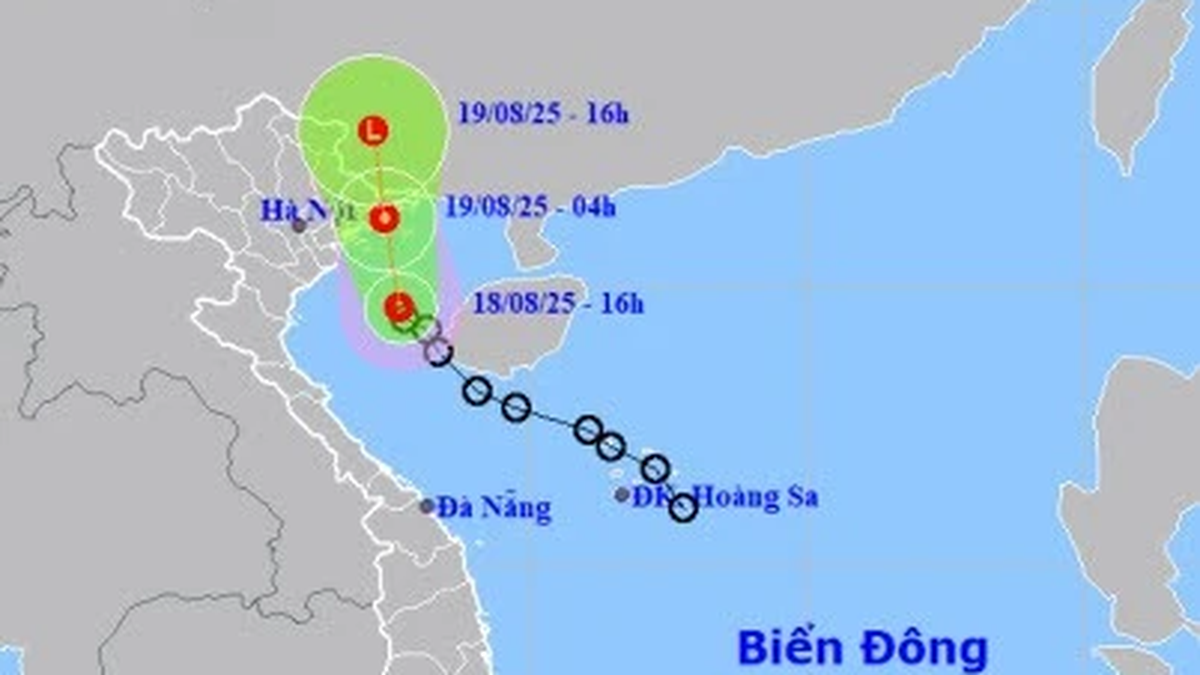











![[Photo] Prime Minister Pham Minh Chinh attends the opening ceremony of the National Data Center](https://vphoto.vietnam.vn/thumb/1200x675/vietnam/resource/IMAGE/2025/8/18/b5724a9c982b429790fdbd2438a0db44)


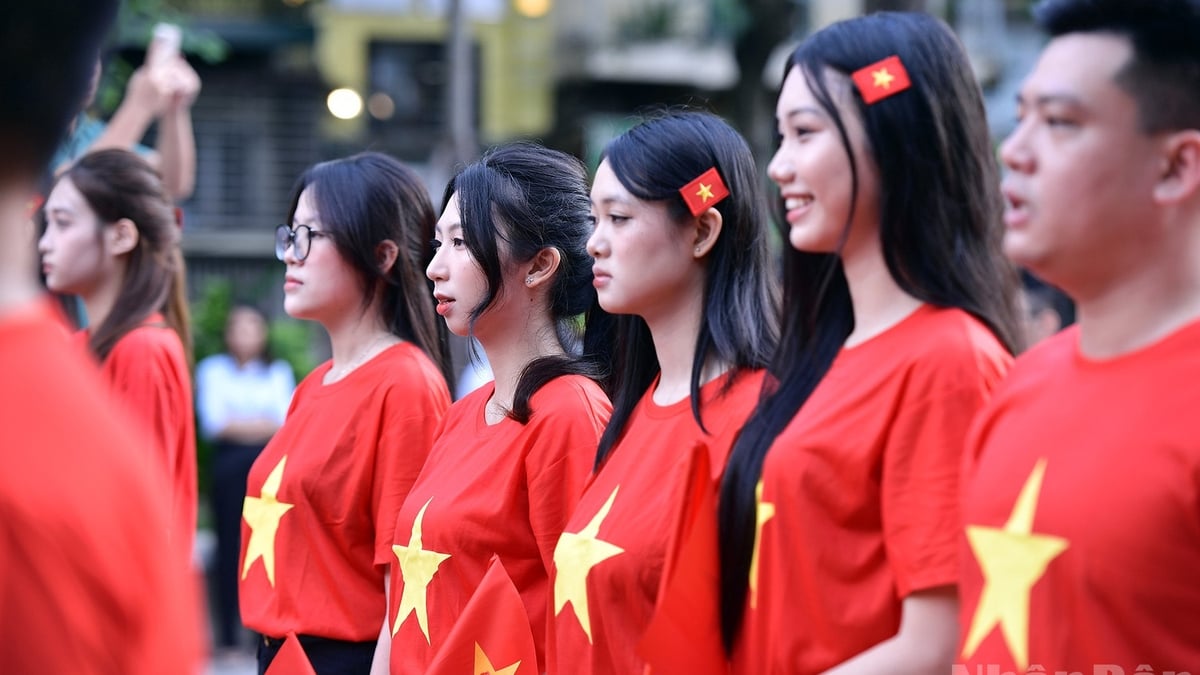



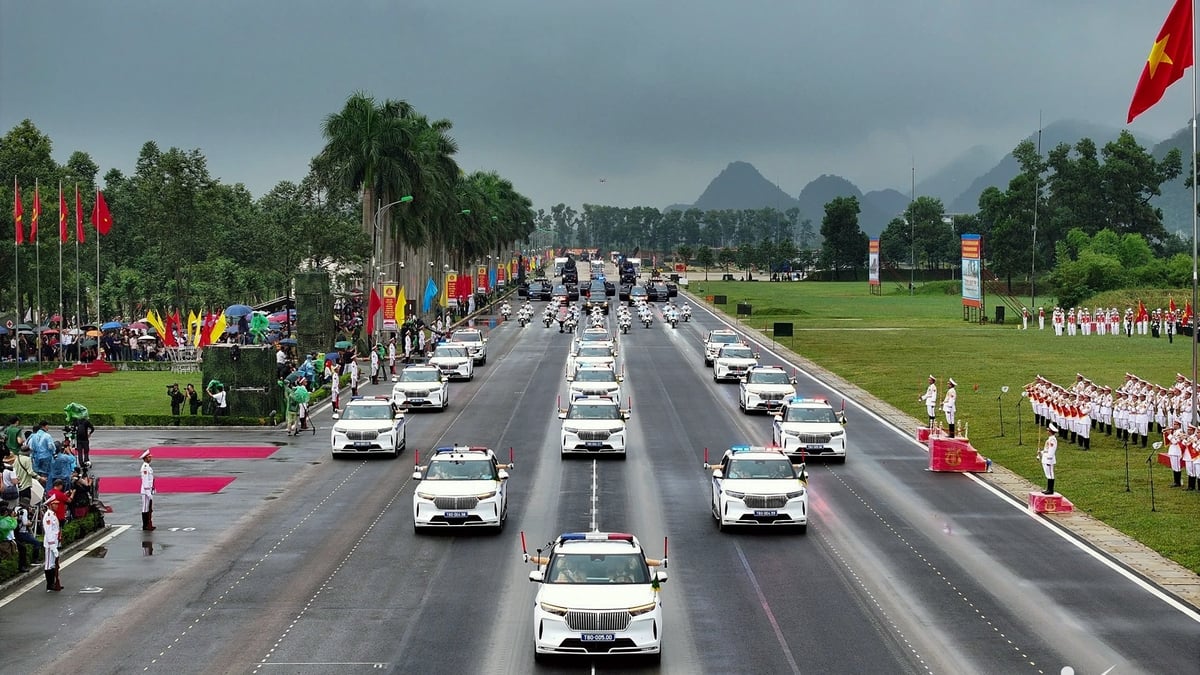











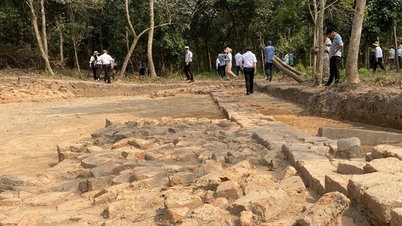



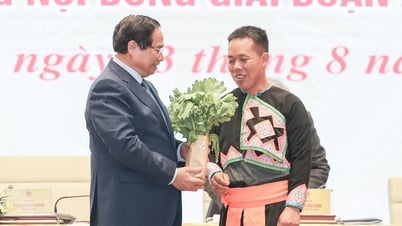














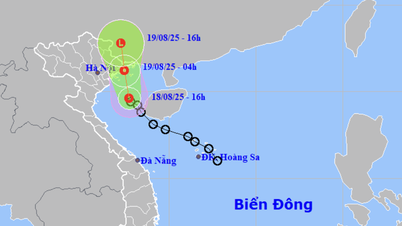

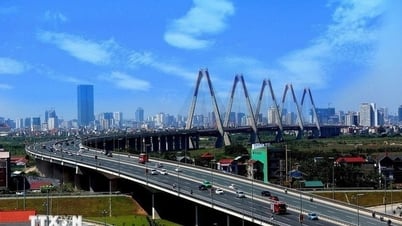

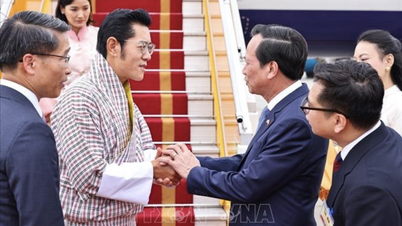

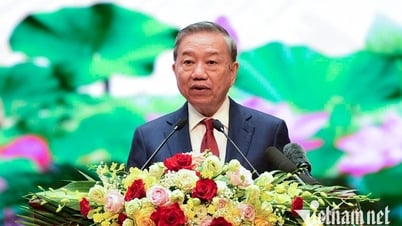



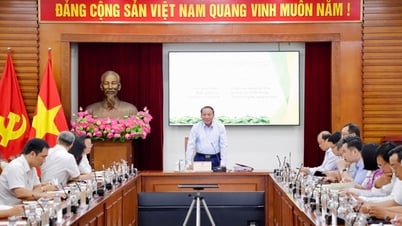
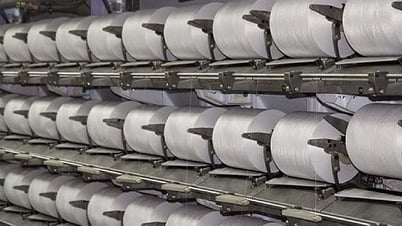


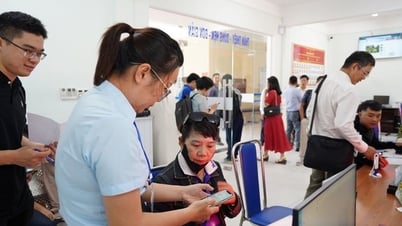









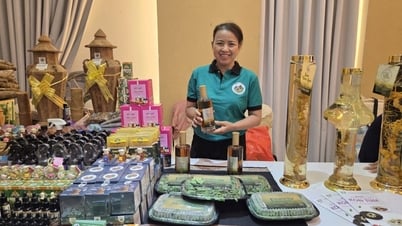

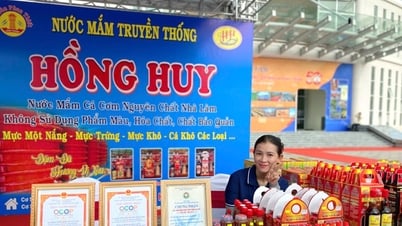








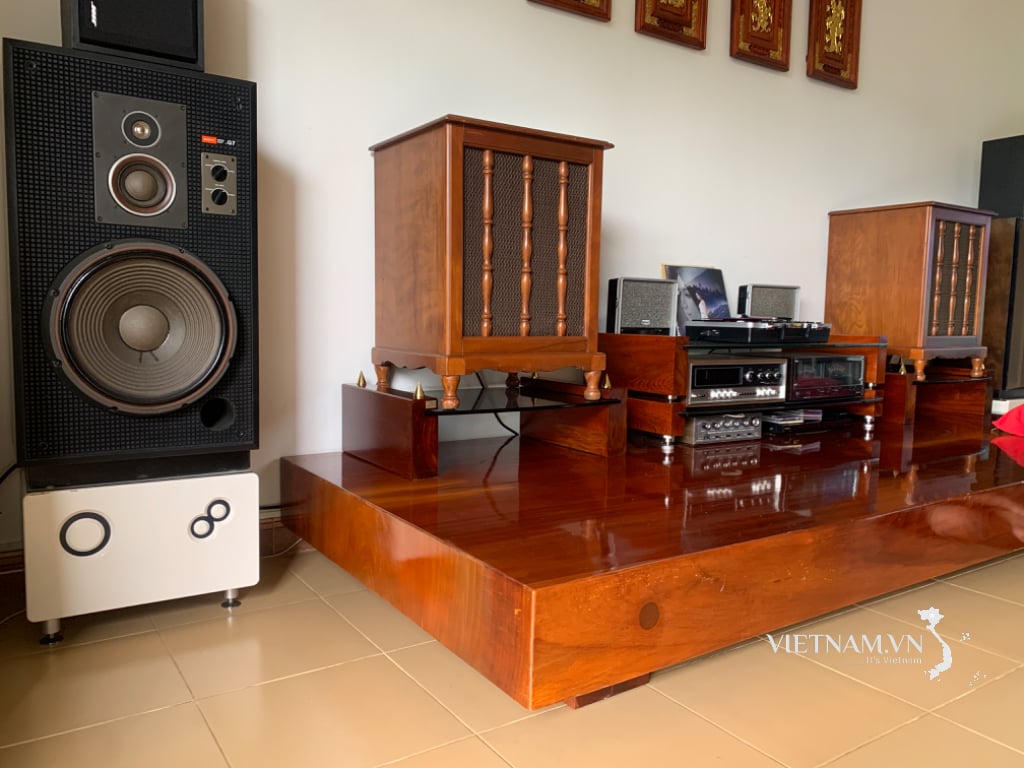



Comment (0)